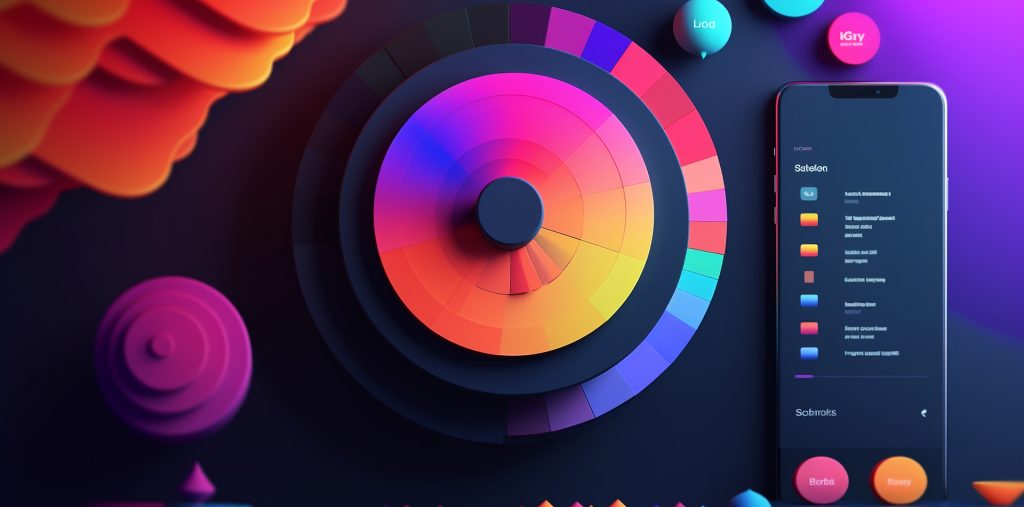

Colors distinguish, it also connects. In many ways the vibrant palettes define mood, characters and identity. The right usage of color is paramount in expressing effectively and it goes a long way to communicate the essence of the brand.
Colors play is essential to shape consumer behavior. As a creative marketing agency, understanding the psychology of color is essential to crafting impactful campaigns that resonate with the target audience. In this blog, we will delve into the fascinating world of color psychology and explore how one strategically uses colors to influence and engage your customers.

When selecting colors for your brand, consider your target audience, industry, and brand personality. Your brand’s values and mission should align with the emotional response you want to evoke. For example, a children’s toy company may opt for vibrant, playful colors like red and yellow, while a financial institution might lean towards a more trustworthy combination of blue and green.
From a chocolate company that uses purple to stand out in the crowd to a globally reputed consumer electronics company using monochromes to leverage class and elegance, there is always a good reason to choose the combination of colors that one does.
Choosing the right colors is not enough, using it well is an act of art. Here are some of the most notable ways to use the designs right.
The strategic use of colors in your marketing collateral can enhance brand recognition and engagement. Incorporate your brand’s primary colors into your logo, website, social media graphics, and promotional materials. Consistency is key in establishing a strong brand identity.

Color can significantly impact the performance of call-to-action (CTA) buttons on your website. For instance, studies have shown that red and green CTAs can generate higher conversion rates, while blue CTAs can be more effective for building trust and encouraging sign-ups.
Keep in mind that the psychological associations of colors can vary across different cultures. A color that represents positivity in one culture may have negative connotations in another. When targeting a global audience, conduct thorough research to ensure your color choices align with the cultural preferences and sensitivities of your target markets.
Colors can be subjective, and what works for one audience may not resonate with another. Utilize A/B testing to experiment with different color schemes in your marketing efforts. Monitor the performance of each variation to identify which color combinations yield the best results for specific campaigns.
Incorporating the principles of color psychology into your marketing strategies can significantly impact how your audience perceives and interacts with your brand. Colors have the power to evoke emotions, shape perceptions, and influence decision-making processes. By understanding the psychological associations of different colors and strategically incorporating them into your marketing collateral, you can create more engaging and impactful campaigns that resonate with your customers on a deeper level. Remember to adapt your color choices based on your brand personality, target audience, and cultural considerations to maximize your marketing efforts’ effectiveness.